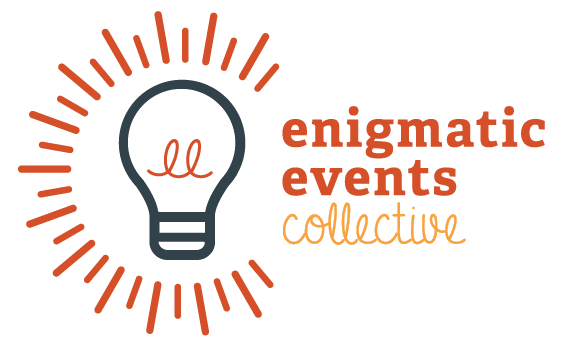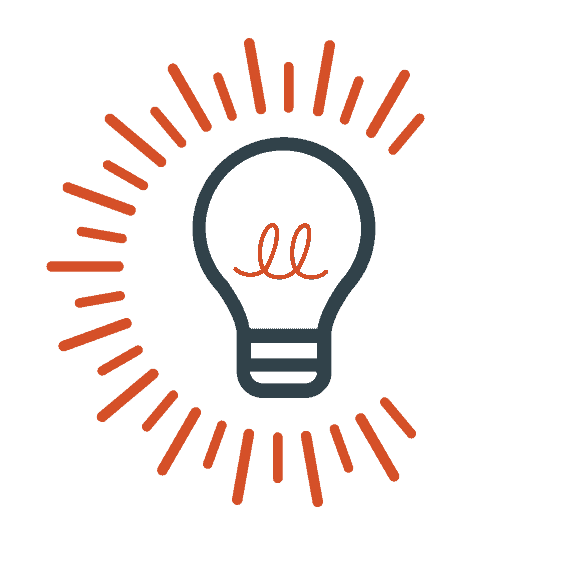The Mind – Games for Team Building
“The Mind” is a nominee for the 2018 ‘Spiel Des Jahres’ award, which is equal to getting a Oscar nomination. Except there’s only three awards – the Family Game, the Children’s Game and the Complex Game. Each nomination list is only three items long. Past nominees and winners have always be worth checking out – though the hardcore game fans will debate it.
The Mind is interesting, as it is not a game of strategy but a card game of thinking as a group and reading non-verbal cues. That makes it very interesting for team building. A previous post looked at ‘Hanabi’, another game to help grow your team through co-operative play.
A card game of knowing when it’s your turn
This is a co-operative game for 2-4 players (though I’ve played it with 5). The components consist of:
a deck of 100 cards numbered 1 – 100
5 cards to show the number of lives left
12 cards to track progress through the game
3 cards used to record the use of a special ‘throwing stars’
A brief summary of how to play “The Mind”
The game is co-operative. Each player gets a hand of cards. Play consists of a team getting all the cards in their hands into one central pile in the middle of the table but the pile must be in ascending order. The real catch to the game is there is no talking during the hand of cards. Players can not state in any way the value of the cards in their hands. They’ve got to create group think and understand what lack of action means.
Players can play a card at any time. If the card they play is higher than a card in anyone else’s hand, the team loses a life. Then, discard all the lower cards. Play then continues until all hands are empty or they’ve lost all their lives. To start the next level, shuffle up the deck, and deal out a new hand of cards to each person, one more than last time. At the end of some levels the team gains bonus lives or throwing stars. And what are throwing stars for? If everyone agrees by raising a hand, the group throws a star, and everyone can discard their lowest card.
The team starts at Level 1, where everyone gets a single card in their hand. Level 2 of the game consists of everyone starting with two cards. And so on up to Level 12. I’ve not yet got past level five. Level 8 is a win for four players. For me, at least, winning is more about doing better than last time than some specific goal line
Non-verbal Communication is key
And that’s the game. This explanation will feel like there’s no interesting game here at all. How do you know when to play? What stops someone throwing the game? If I have a high card should I sit and wait getting bored? Except you start to pay intense attention to each other.
Teamwork requires trust.
Chris is leaning forward, but not playing on that face up 3 card. Tess has sat way back in her chair. Natasha is looking around a lot. Is she keen to play? Does she have a lower card than my 32? Maybe I should wait a little bit?
Your group will fail. Often. Teams that are together a lot will do better earlier on. But the game encourages an increased awareness of everyone around the table. Looking into the eyes, and creating a connection. And over several rounds, your timing becomes more in sync. A pause -this long- indicates there’s a gap of about ten cards. You’ll know someone is close to playing by the way they shift. Everyone starts to use similar indications, how they reach forward about to play. Or how they will rapidly play the very next card in sequence. This merging and sharing of a common body language is the point of the game. The mindful attentiveness to the small actions takes the players out of the normal narrative flow. And out of the common strategy based thinking other games encourage. Instead, the game is about the here and now.
Trust building by eye contact
Doctors who made eye contact build better trust and are viewed more empathetic to their patients, according to one study. Trust builds with non-verbal communication. There are valuable soft skills gained in training yourself to read body language. Understanding the cues that show truthfulness and trust. “The Mind” promotes these in a playful manner, in a way that players can reflect on afterwards. This leads to a good understanding of the implicit lessons involved in the game.
Resiliency by Failure
As the team works together, resiliency is built. Each failure is a chance to learn, and a chance to start to again. Learning to fail and starting again is a skill not an innate ability. Teams can learn how to keep each other going when they fail once again at level 5. If they are motivated, they will try again… and that sort of tenacity is transferable into the real world. Grit or mental toughness is a key difference in success. Doctor Angela Duckworth in her book ‘Grit: The Power of Passion and Perseverance’ talks about how much a difference it can make to those with only average ability. Grittier people do better. People can learn this type of mental toughness.
Conclusion
Now, a single card game isn’t going to be a magic wand to help teams be suddenly mindful, aware and mentally tough. The exercise of playing can help you bring your team along towards that goal. Human’s learn through play, and The Mind card game is a great learning tool.
You can buy a copy of The Mind from your local, friendly board game store..
(Note: This post contains affiliate links, and Enigmatic Events will receive a small payment if you decide to purchase through this link. We really appreciate the support).



